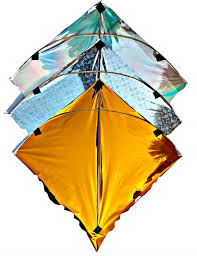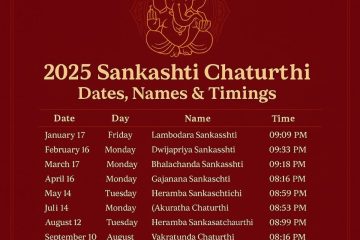Patang: A Symbol of Joy and Tradition in India

Introduction to Patang
Patang, the Hindi word for kite, holds a significant place in the cultural fabric of India. Known for not only its recreational value but also its vibrant colors and designs, the patang encapsulates the spirit of festivity, particularly during celebrations such as Makar Sankranti. Its relevance has transcended generations, making the art of kite flying a cherished tradition across diverse regions in India.
The Significance of Patang in Indian Festivals
Kite flying is most prominently celebrated during Makar Sankranti, a festival that marks the transition of the sun into the Capricorn sign. This time-honored tradition is celebrated across the country, but it is especially popular in states like Gujarat and Rajasthan, where large-scale kite festivals attract enthusiasts from all over. The excitement is palpable as colorful kites dot the sky, competing for space and altitude.
Another example is the International Kite Festival held annually in Ahmedabad, which draws participants from around the globe. The event showcases innovative kite designs and skills, promoting cultural exchange and community engagement. This year, over 150 kite flyers from 25 different countries participated, making it a melting pot of traditions and creativity.
Recent Events and Impacts
The recent rise of the patang has also got intertwined with environmental concerns, leading groups to promote eco-friendly kites made from biodegradable materials. As cities grapple with pollution and waste management, many kite enthusiasts are now opting for sustainable alternatives, ensuring that the joy of flying kites doesn’t come at the expense of the environment. This shift has sparked conversations about responsible celebrations and the importance of maintaining cultural traditions while being environmentally conscious.
Conclusion and Future of Patang Culture
The significance of patang in Indian culture extends beyond mere enjoyment; it symbolizes unity, competition, and the vibrant spirit of community. As the art form evolves, it will be crucial to balance tradition with modern values, particularly in the context of environmental sustainability. Moreover, as more international events emerge, the possibility of incorporating diverse global styles into kite making and flying traditions also looks promising.
In conclusion, patang is more than just a kite in India; it represents history, culture, and the joyous spirit of festivals. As we look to the future, revitalizing this tradition while keeping in mind sustainable practices could ensure its endurance for generations to come.









